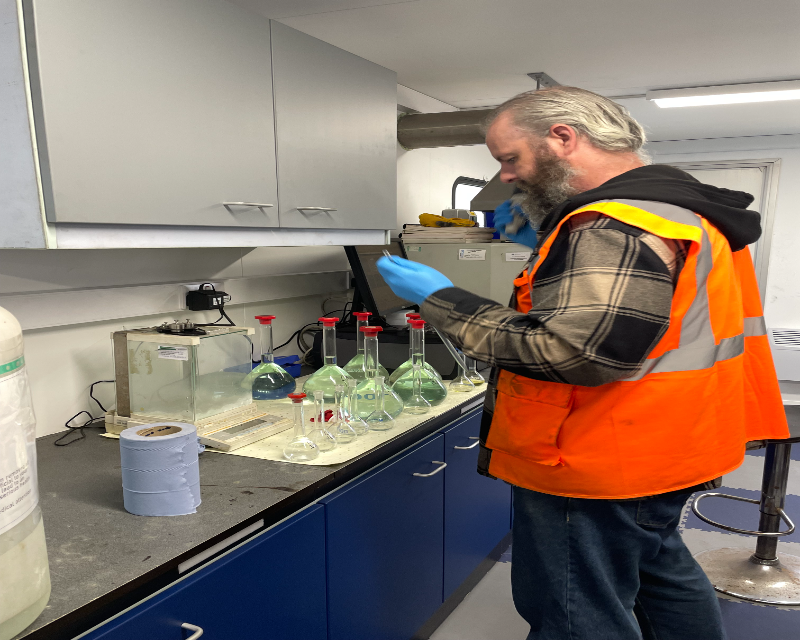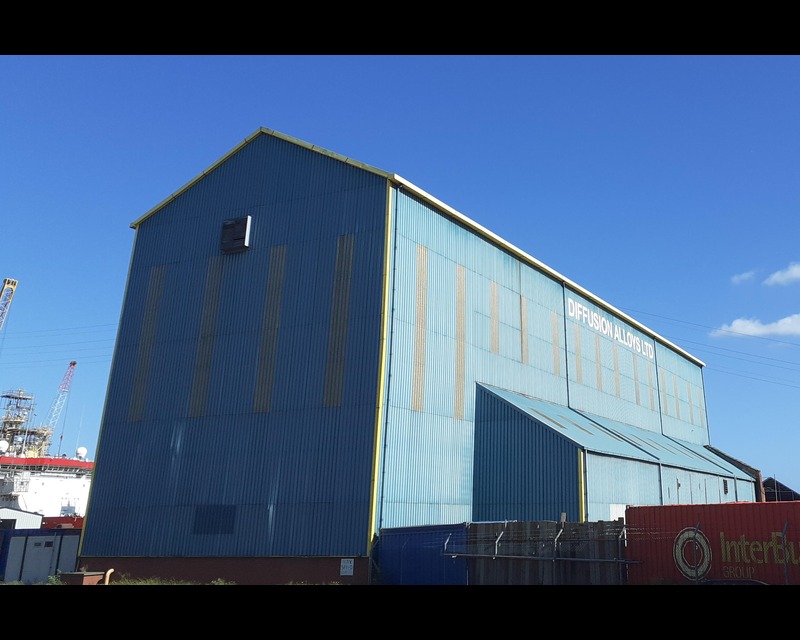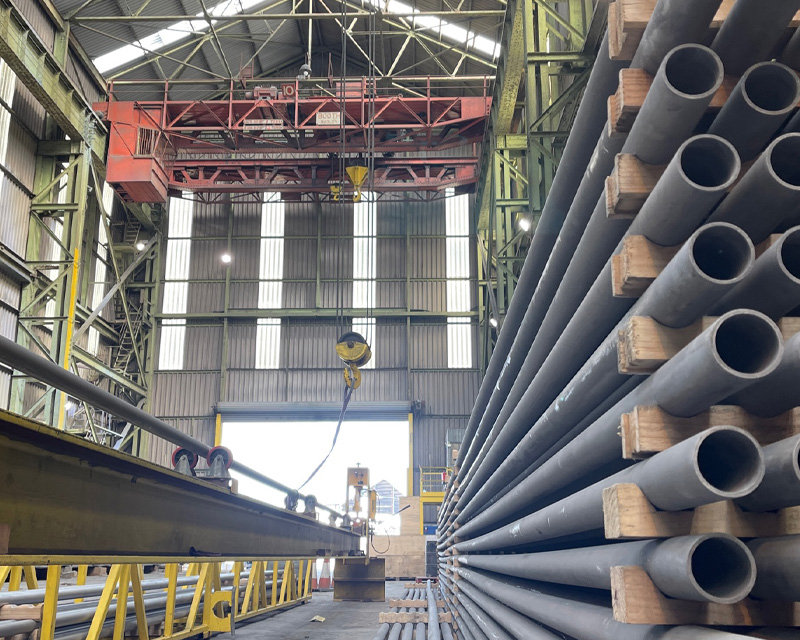
What Is Aluminizing?
Aluminizing is a diffusion process used to create a protective aluminium-rich surface on metals that operate in extreme environments.
Unlike a simple coating applied on top of a component, aluminizing changes the surface metallurgy itself. Through controlled heat treatment, aluminium atoms diffuse into the base metal to form stable intermetallic compounds that resist oxidation, corrosion, and metal dusting at high temperatures.
This metallurgical bond is permanent. It doesn’t flake, crack, or delaminate because it’s not a layer added to the surface it becomes part of the surface. That’s the fundamental strength of diffusion coatings: the protection is in the material, not just on it.
At Diffusion Alloys, aluminizing is typically carried out using pack cementation, though other variants such as vapour-phase or slurry-based methods can be applied for specific component geometries. In a pack process, components are sealed in a container with a blend of aluminium powder, an activator (usually a halide salt), and an inert filler. Under controlled heat, aluminium reacts to form a vapour phase that diffuses into the metal surface. The process temperature, atmosphere, and duration are adjusted to achieve the desired diffusion depth and aluminium concentration.
The result is a graded surface zone not a sharp coating line with intermetallic phases such as FeAl or NiAl (depending on the substrate). This structure provides the key benefits of aluminizing: oxidation resistance, sulfidation resistance, and long-term surface stability in environments that exceed 600°C.
In a pack process, components are sealed in a container with a blend of aluminium powder, an activator (usually a halide salt), and an inert filler. Under controlled heat, aluminium reacts to form a vapour phase that diffuses into the metal surface. The process temperature, atmosphere, and duration are adjusted to achieve the desired diffusion depth and aluminium concentration.
The result is a graded surface zone not a sharp coating line with intermetallic phases such as FeAl or NiAl (depending on the substrate). This structure provides the key benefits of aluminizing: oxidation resistance, sulfidation resistance, and long-term surface stability in environments that exceed 600°C.
Applications and Performance
Aluminizing is essential for components exposed to high-temperature oxidation or aggressive gaseous environments.
Typical applications include:
• Hydrogen reformers and petrochemical reactors, where aluminized steel resists metal dusting and carburisation.
• Gas turbine and power-generation components, where nickel-based alloys gain extended life through improved oxidation resistance.
• Aerospace and energy systems, where coatings protect superalloy surfaces from thermal cycling and corrosive gases.
Because the diffusion layer is metallurgically bonded, it maintains protection even under mechanical stress, thermal shock, or abrasion that would cause traditional coatings to fail.
Material Compatibility
Aluminizing can be applied to a wide range of materials including carbon steels, stainless steels, nickel alloys, and selected cobalt or molybdenum-based alloys.
The process parameters temperature, time, and pack composition are adjusted to match the alloy’s chemistry, ensuring a uniform and adherent diffusion zone without affecting the core material properties.
Why Choose Diffusion Alloys
Diffusion Alloys has more than six decades of experience in diffusion coating science and industrial application.
Our aluminizing processes are used worldwide in hydrogen, energy, and aerospace systems where performance cannot be compromised. Each project is engineered for the specific alloy, geometry, and service environment no generic recipes.
Traceability, repeatability, and proven in-service results underpin our approach. When a component is aluminized by Diffusion Alloys, its performance is measured not just in hours of operation, but in years of reliability.



